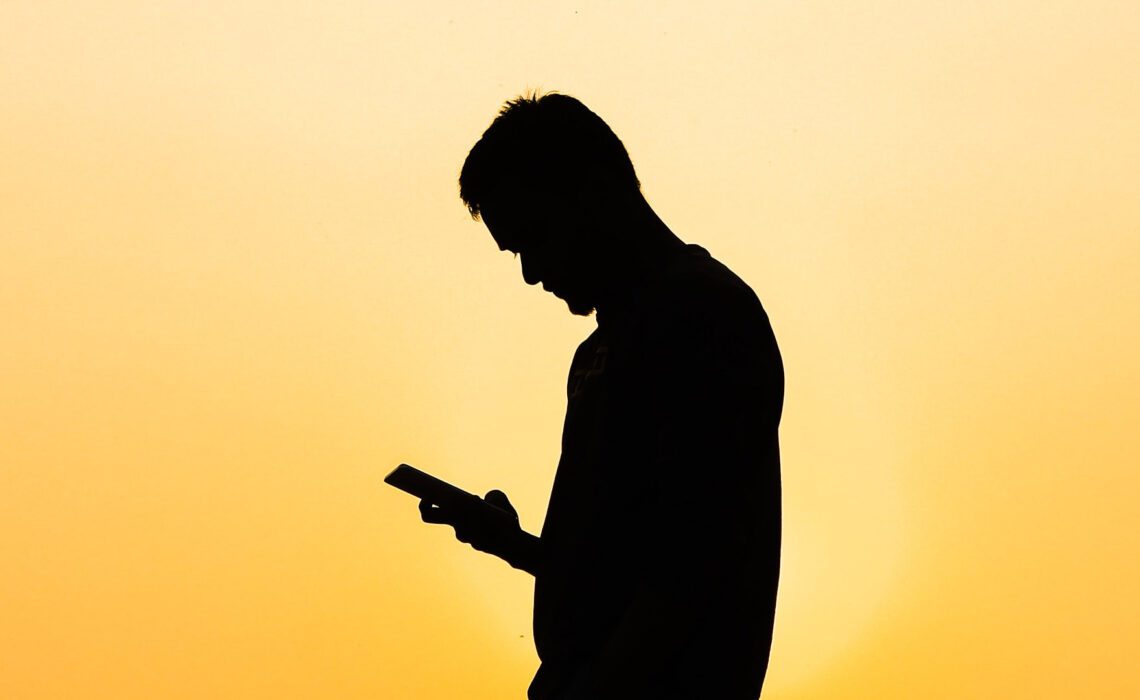
Your smartphone is your lifeline to the world, but when a heat wave hits you might find yourself struggling to keep high-tech gadgets cool and comfortable. Excessive heat can damage electronic components, or even caught your phone, laptop, or tablet to shut down right when you need it most. But what can you do? Is tossing your phone in the freezer for a few minutes a bad idea? Here’s what you need to know.
Strip it
If your phone starts to heat up, the best thing you can do is try to cool it down as quickly as possible. Take it out of any case or covering and find a spot where there’s some airflow. If you’re in a car, roll down the window. If you’re outside, find some shade. Once it’s cooled down, put it back in its case.
Avoid direct sunlight
This seems like a no-brainer, but it’s easy to forget when you’re in a hurry. If your phone is going to be in direct sunlight, even for a short period of time, cover it up with something like a scarf or towel. The less heat exposure, the better. Keeping your phone in your center console instead of your front seat, where it is exposed to sunlight, is a good step to take.
Air conditioning
If you’re traveling and your vehicle has air conditioning, chilling the surrounding air will help your phone keep its cool. So crank up the AC and give your gadget a break from the intense heat. If air conditioning isn’t an option, tossing your phone or other devices in your glove compartment can protect it from rising temperatures inside the vehicle, but only for a little while.
“Cooling” apps
There are apps that claim to help you keep your phone cool by managing its processor usage. They work by closing down any apps that are running in the background and consuming battery power and generating heat. Some of these apps also have features like “night mode” or “reading mode” that dim the screen to reduce heat production even further. Your mileage may vary with these apps, and while they might help a little, you shouldn’t rely on them as your first line of defense against sweltering temps.
Turn it off
If all else fails, shutting your phone down completely is the best way to stop heat damage from happening. It’s not ideal if you’re expecting an important call, but it’s better than risking permanent damage to your device. Let it cool down and try turning it on again after a few minutes. This is especially helpful if you’re also low on battery life.
What about the freezer?
You might be tempted to put your hot gadgets in the fridge or freezer, but that’s actually not a good idea. The drastic change in temperature can damage your device beyond repair. Depending on the heat of the device and the temperature of the freezer, you might damage the screen or other vital components, or even permanently hurt your phone’s battery. This is the same reason that experts and manufacturers say to avoid leaving your phone in particularly cold temperatures during the winter.
